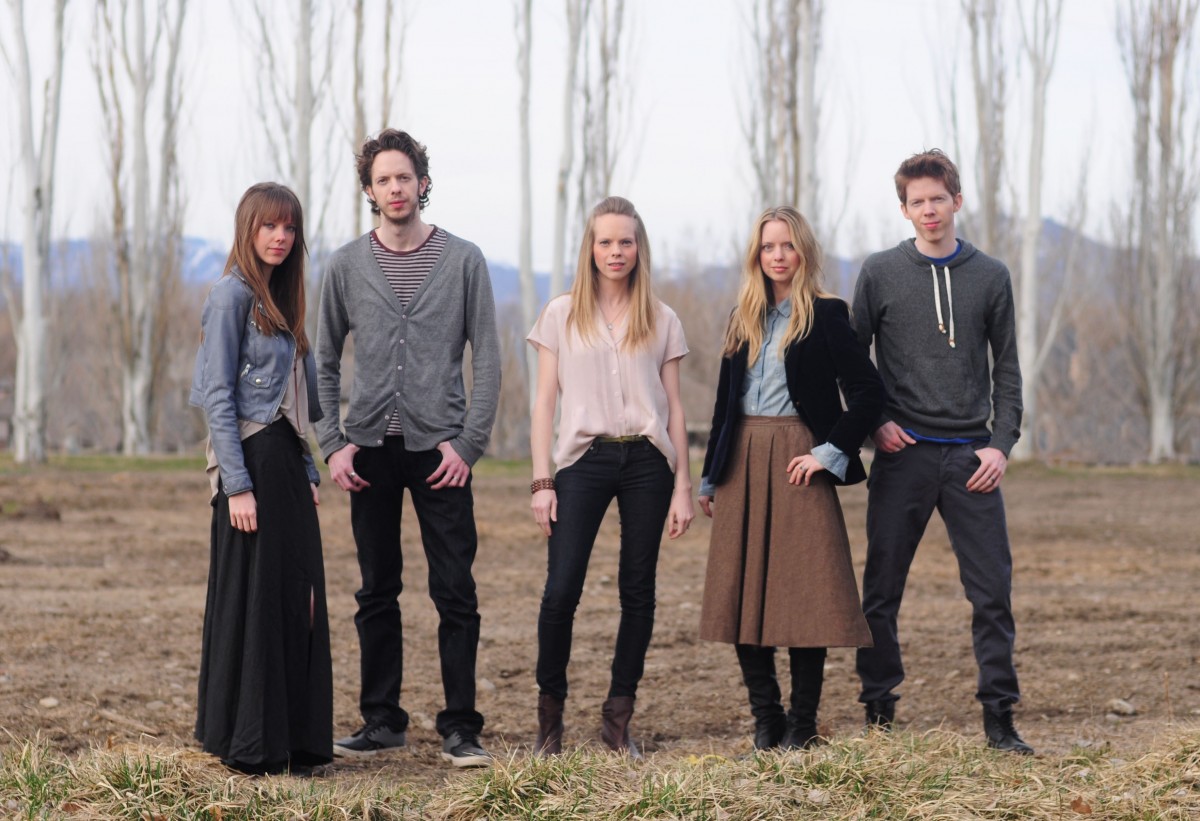It’s May 29, 2013.
Six cameras are set with men in shadows moving behind them, myriads of microphones are in place, and a Grammy award winning producer sits in a back room with head phones on and scores in hand. The audience sits waiting for the concert to start, it has been delayed 15 minutes due to severe lightning that put a neighboring building out of power. The rain is coming down hard; we can see it through the glass windowed stage. The anticipation is immense, this is our first live album recording. Who do we play for? The audience or the microphones? The history of that riotous night in Paris, or the fresh life breathed into it on this night that marks 100 years ago to the day? Do we play for the modernism it stood for, or the deep, savage primitivism it was striving to bring back?
It is time. We are debuting the full Rite of Spring tonight, finally. After months of preparation, months of mind-bending rhythms of 8 against 6 against 5. Months of changing meters…2 measures of 3/16 + one m. of 2/8 + 3/16 + 5/16 + 2/8 + 3/16…will we remember all of this? Months of ingraining 40 minutes of the most complex patterns into our brains to be able to play without music on the stage tonight. Weeks of Karajan pitted against Ozawa or Bernstein against Boulez. Weeks of “no, no, no I’ve always liked the tempo this way” or “you guys, that just doesn’t work in this section.” Or “hey can you play louder? I feel like it’s just completely frightening in the orchestra.”
It’s coming down to tonight. “We’ll need to hold again, there’s a mic that needs to be moved.” As hands are being warmed, some by rubbing, some cupped and breathed on, others placed around their owners necks, the words “the stage is yours” is directed.
Beyond the electrical wires and machines is an indescribable energy of locked eyes and shared mental images. Sacrifice, fear, and superstition are plagued by the imagination of eerie pagan singing and a young girl dancing herself to death. It is the emotive gut wrench when we hear Ryan play that first bass chord following the delicate intro to Spring Rounds. The most complex madness when the wise old sage makes his appearance and we look around to find Gregory mentally deep in another world, Deondra pounding at her keys with fists to create a percussive instrument not on the stage, and Desirae striving to be a brass section that resembles a tribal crowd of screams and roars.
The earth is splitting, life is coming through the cracks of winter. A superstitious greenery is growing that must be given blood in exchange for it’s fruit. An audience of Victorians witnessed this unheard violence on the stage in the form of ballet. Now an audience of New Yorkers witness for the first time 100 years later, an orchestra of pianos premiering the same work in a new way; but then again, surprisingly old. Strangely enough, Stravinsky sketched the momentous piece for 1 piano (4 hands) and published it before the riotous orchestration. One piano has its limitations. With 5 we can finally hear what was unable to be heard before.
It is savage, it is revolutionary and it is live. Stravinsky’s Rite of Spring on 5 pianos.

No comments